Plussing
Image: Disney
As the story goes, soon after the opening of Disneyland, Walt allegedly overheard a guest say they'd like to skip the Jungle Cruise, as they'd already been on it last time they visited. Not content with the idea, he went to his design team and gave them a simple mission: "plus it." What he meant was that designers need to revisit attractions – even classics! – and improve them in big and small ways. Wonderfully, the idea of "plussing" has become one of the most enduring elements of Disney Parks: their adaptability and continuous enhancement.
In so doing, Disney returns even to its classics and adds a little more magic by way of enhanced special effects, projection technology, refreshed music, updated Audio-Animatronics, and more. "Plussing" has become a signature different of Disney, and it's all in the tradition of Walt wanting to keep things moving forward to impress his Guests.
Showbuilding
Image: Google
Though "it's a small world" might not seem to have much in common with Mission: SPACE, they share one fundamental thing: the kind of building they're housed within. Showbuilding is "Disney speak" for something relatively simple: a soundstage, just as you might find on a studio backlot. Showbuildings give Disney Imagineers complete environmental and atmospheric control, allowing them to create ancient temples, moonlit Caribbean towns, the Hundred Acre Woods, and even the vastness of outer space.
It's impressive enough that Disney parks are littered with massive, gargantuan, enormous showbuildings that contain their biggest rides; what's even cooler is that most guests never, ever see them. Spectacularly concealed, 16 of the Biggest Showbuildings in Disney Parks absolutely amazed us... you'd never guess that only 5% of the Haunted Mansion actually takes place in that stately, mysterious manor itself...
Stand-by
Image: Disney
In 1999, Disney engineers, executives, and thinkers had a wild idea: what if they could finally solve the number one issue raised by Disney World guests...? Naturally, surveys indicated that guests hated waiting in line, and since Disney Parks' attendance was growing faster than the parks' capacity, it was beginning to seem that Disney World was more "waiting" than "doing." Their idea was revolutionary.
Don't misunderstand; we (and many others who study the industry) valiantly argue that Disney should get rid of FastPass altogether. But at least in the Blue Sky dreams of industrial-organizational psychologists, FastPass was going to make it so that guests would spend very little time waiting, and more time in shops and restaurants. Ideally, use of the system would be so proficient and so natural, FastPass would be the line for the ride, with a paltry queue of guests who preferred to wait "stand-by" – literally, a secondary option for guests who didn’t mind waiting for an opening, somewhat like a Single Rider line.
Of course, FastPass has gone through many iterations and has never reached that peak, 100%, utopian utilization early designers seem to have hoped for... Part of factoring FastPass+ selections into pre-visit planning (alongside ADRs, hotels, and transportation) was supposed to be to "socialize" FastPass, ensuring absolutely equal access. Now, guests are "guarunteed" at least 3 low-wait attractions, but (as we argue) FastPass means every other wait will be much, much longer. The end result? The "Stand-by" line isn't really "stand-by." It's the regular ole' queue line that you'll be in for many attractions.
Code V
Image: Disney
Combine sugar, nerves, and exhaustion; mix with swirling, twisting, spinning rides; set to high Floridian heat... This is a classic recipe known all too well to Cast Members: the "protein spill." Like it or not, vomit is more than a daily occurance at each Disney Park. As you'd expect, Cast Members always treat guests with dignity and respect in such vulnerable, embarassing, and potentially-scarring moments, finding First Aid as necessary. Meanwhile, a quick call of "Code V" signals that a clean-up is needed. You can imagine what "Code P" and "Code U" are for."Code H" has to do with the Main Street horses, and we'll leave it at that.
WDI
Image: Disney
WDI – Walt Disney Imagineering – is the research and development arm of Walt Disney Parks, Experiences, and Consumer Products. Originally founded in 1952 as Walt Disney, Inc., this new engineering company was tasked with creating initial designs for Disneyland. When Walt's brother Roy objected to the name (which tied the Walt Disney Studios brand to this experimental, "doomed" park), it was renamed WED Enterprises (for Walter Elias Disney), which remained the name throughout all of Walt's life. Obviously, the engineering group and its Disneyland became so integral to the brand, it was purchased and absorbed by Disney in 1965, and renamed Walt Disney Imagineering two decades later, in 1986.
Imagineers – a portmanteau of imagination and engineer – are the Cast Members who create, design, and construct Disney Parks and attractions. Make no mistake: Imagineers come from varied backgrounds and represent the fields of illustration, architecture, engineering, lighting design, show writing, graphic design, and many more fields.
Weenie
Image: Disney
Perhaps the strangest term that Disney Parks fans throw out to concerned family and friends, Walt specifically coined the term "weenie" – a wayfinding, architectural feature that serves as a "visual magnet." An obvious example is one of the simplest: the Hub at Magic Kingdom. Standing at its crossroads, distant "weenies" are purposefully positioned to draw you further: the Sunshine Tree Terrace in Adventureland, the fort of Frontierland, the Astro Orbiter of Tomorrowland, and the Castle itself.
Follow one. If you step into Frontierland, Big Thunder pulls you further; in Rockettower Plaza of Tomorrowland, you'll be attracted toward Space Mountain.
Try it yourself! Any time you come to a crossroads in a Disney Park, stop and look around you. More than likely, you'll see obvious, attractive "weenies" in each potential direction. And like showbuildings, the hub-and-spokes layout, and so many other elements "invented" for Disneyland, "weenies" have been extrapolated beyond Disney Parks, with the concept (and the term) used in urban planning, museums, science centers, and more.
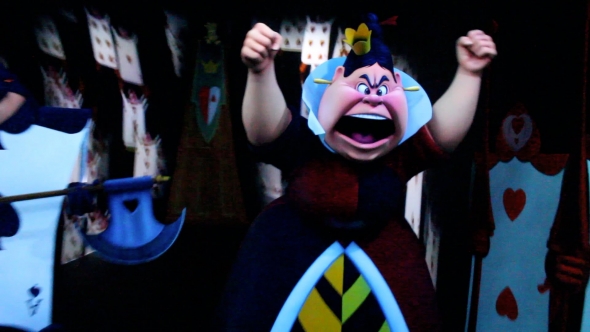
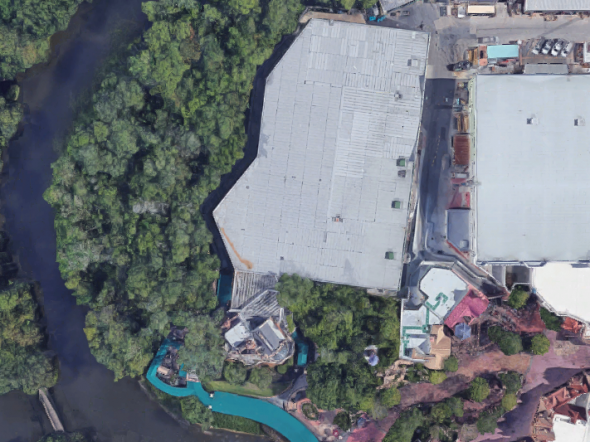
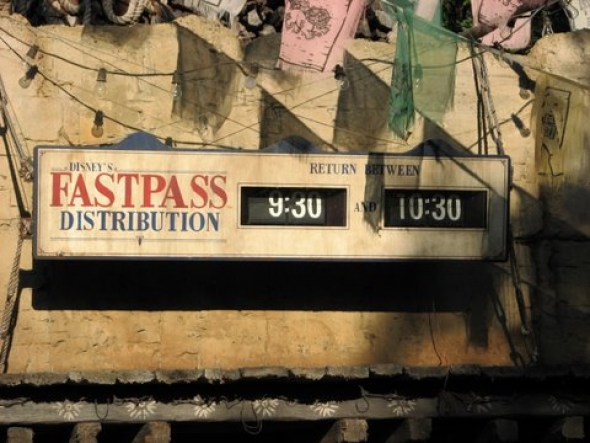
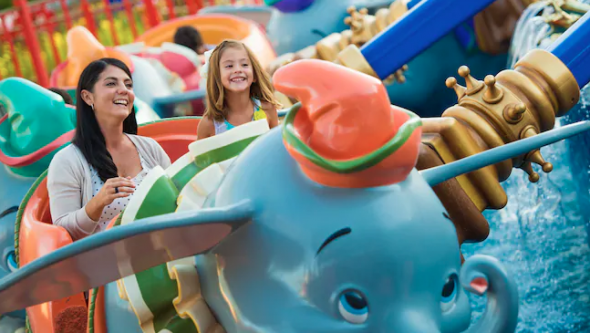
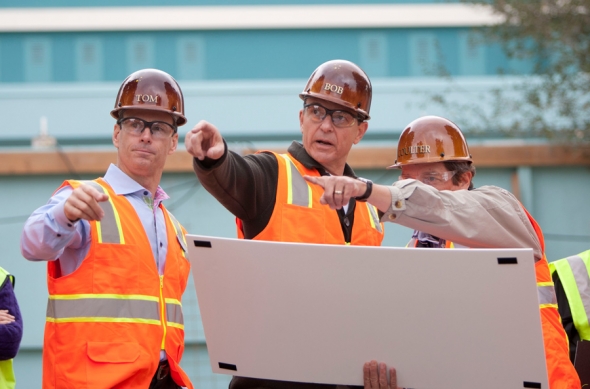
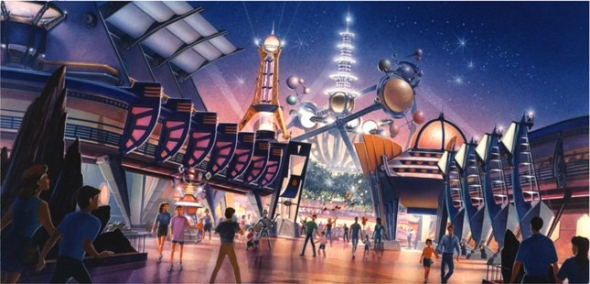

Add new comment